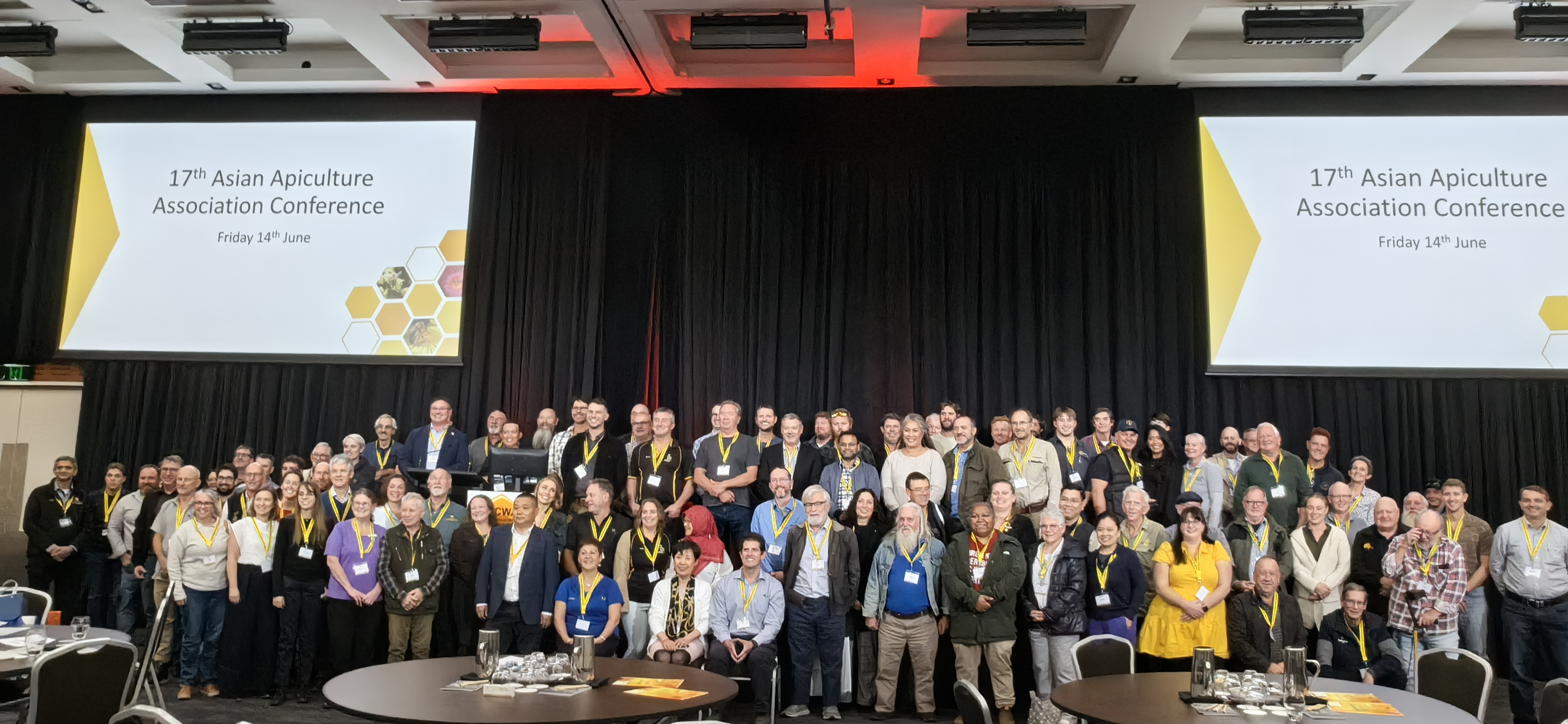Kwame Aidoo, Bees for development Ghana and Janet Lowore, Bees for Development UK

Wild honey bee colonies and natural swarms
swarming is the reproductive process of
honey bee colonies. It occurs when conditions in the environment are conducive
for colony build up and development. This period coincides with the honey flow
season when the nest becomes full with bees, honey and bee bread. The nest
space is congested, such that the colony needs more space.The swarming process
is initiated and the colony divides:one half issues out and relocates in a
cavity far away. The departing bees are a swarm, and if it is the first swarm
of the reason it is called a prime swarm. Prior to this condition, the queen
lays many eggs to boost the colony's population. Queen cells are built,
sometimes up to ten. The queen cells can be identified in the congested nest
looking like ground nut (peanut) pods.The developing queen larvae are
provisioned with abundant royal jelly for 5 days and the cells are then sealed
by worker bees until a young, virgin queen emerges 16 days after the egg was
laid. Just before the baby queen appeared, the old queen left the hive with
about half her bees. This primary colony will temporarily settle in the
branches of a nearby tree, then migrate to a new cave and develop into a
complete colony.
The swarming season
The time of the swarming season depends on the vegetation and climatic conditions of the area. In topical West Africa, the swarming season begins from the end of rainy season in July-August and continues to January-February.
Absconding
Absconding and swarming are different. Absconding colonies may seek out empty hives located by beekeepers, in much the same way as swarms do.
Stocking hives with natural honey bee swarms
Wild bee colonies in every locality will have developed, by natural selection, survival characteristics that enable them to perform well in their enviroment. Local swarms are therefore regarded as the
best source of bees for sustainable and natural beekeeping.
Methods of obtaining natural swarms
A natural honey bee swarm can be attracted to occupy empty hives, baited with suitable materials and located in an appropriate place.Beekeepers use the following additional
methods to attract swarms during the swarming season:
Capture a swarm
There are many ways a beekeeper can collect a swarm of bees found hanging in a tree. It is possible to use any kind of suitable container (basket, cardboard box etc) and once collected, the bees can be settled into a hive in an apiary.
Trap a swarm using a swarm box or bait hive
A beekeeper seeking to obtain
many swarms to stock his/her new hives needs to use swarm boxes or bait hives.

|








